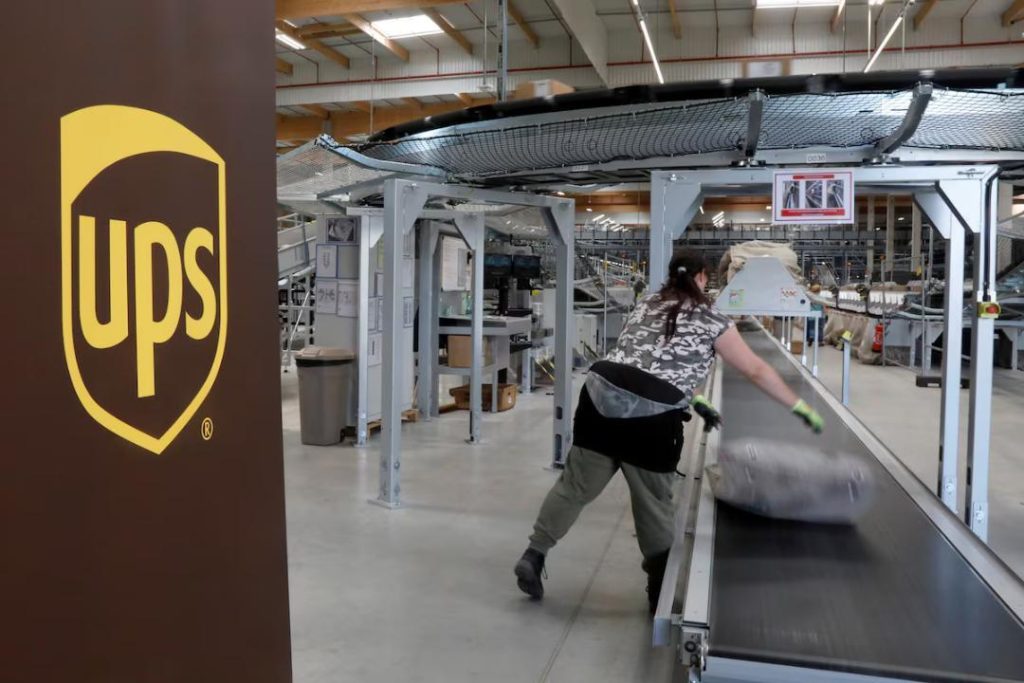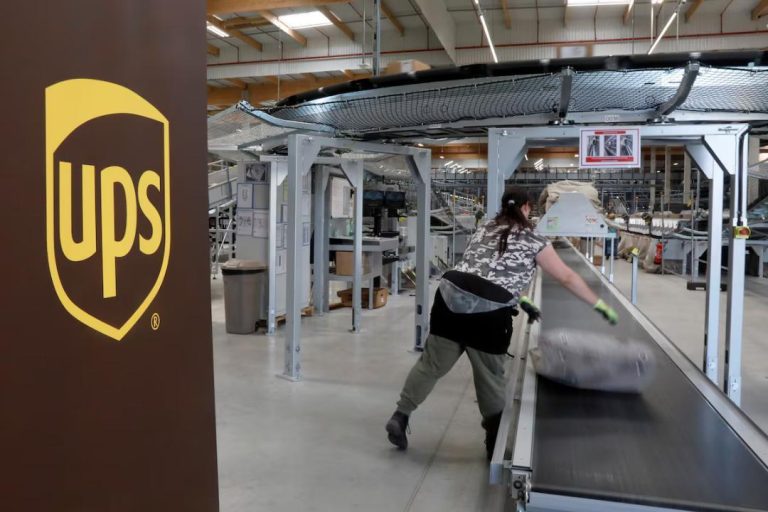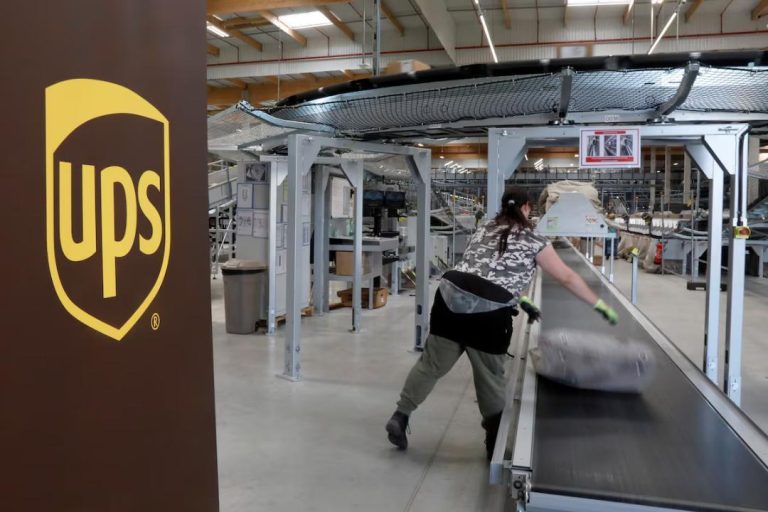
UPS to Cut 20,000 Jobs to Lower Costs & Prepare for Potential Pullback from Amazon
In a bid to reduce costs and prepare for a potential pullback from its largest customer, Amazon, United Parcel Service (UPS), the world’s largest package delivery firm, has announced that it will cut 20,000 jobs. The company will also shut 73 facilities as part of its efforts to reconfigure its network and reduce costs across its business.
The job cuts, which are expected to be completed by the end of 2023, will result in a significant reduction in the company’s workforce, with the majority of the affected employees being hourly workers. The company will also eliminate around 3,000 management positions to reduce administrative costs.
The decision to cut jobs and shut facilities is part of UPS’s efforts to adapt to the changing market and reduce its costs in response to the increasing competition in the logistics industry. The company has been facing declining revenues due to the COVID-19 pandemic and the shift to online shopping, which has led to a surge in demand for package delivery services.
In a statement, UPS CEO Carol Tome said, “The actions we are taking to reconfigure our network and reduce cost across our business could not be timelier.” She added that the company is committed to emerging from the pandemic stronger and more agile, and that the job cuts and facility closures are necessary to achieve this goal.
The news comes as a surprise to many in the logistics industry, as UPS has been one of the companies that has benefited the most from the shift to online shopping. However, the company’s executives have been warning investors about the challenges it faces in the current market, and the need to adapt to changing customer needs.
One of the main drivers of the job cuts and facility closures is the potential pullback from Amazon. In recent years, Amazon has been using its own logistics network to deliver packages, which has put pressure on UPS and other logistics companies. While Amazon still relies on UPS and other companies to deliver a significant portion of its packages, the company’s efforts to build its own logistics network have led to a decline in demand for UPS’s services.
In addition to the job cuts and facility closures, UPS is also implementing a range of cost-cutting measures, including reducing its energy consumption and renegotiating contracts with its suppliers. The company is also investing in new technologies, such as artificial intelligence and robotics, to improve its efficiency and reduce costs.
The job cuts and facility closures are expected to result in significant savings for UPS, with the company estimating that it will save around $1.5 billion annually. The company is also expected to incur significant one-time costs, including severance packages for the affected employees and the costs of closing the facilities.
The news has been met with mixed reactions from investors and customers. While some have expressed concern about the impact of the job cuts and facility closures on the company’s ability to deliver packages, others have praised UPS for taking bold action to reduce its costs and adapt to the changing market.
In a statement, the Teamsters Union, which represents many of UPS’s employees, said, “We are disappointed and concerned about the impact of these layoffs on our members and their families. We will be working with the company to ensure that those affected are treated fairly and with respect.”
The news is also likely to have implications for other logistics companies, which may be forced to follow suit and reduce their own costs in response to the changing market. As the logistics industry continues to evolve, companies will need to adapt to changing customer needs and find ways to reduce their costs and improve their efficiency.
In conclusion, UPS’s decision to cut 20,000 jobs and shut 73 facilities is a significant move that reflects the company’s efforts to adapt to the changing market and reduce its costs. While the news may be disappointing for some, it is a necessary step to ensure the company’s long-term success and competitiveness in the logistics industry.





